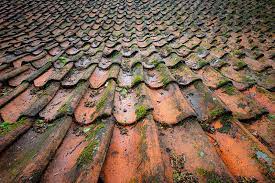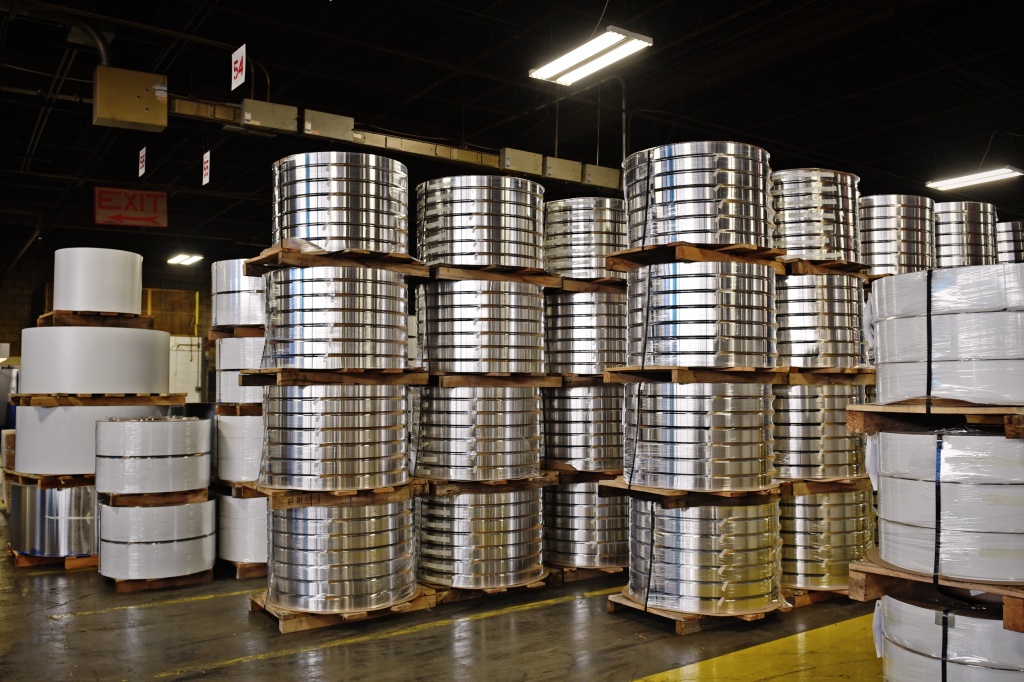A rolling stone gathers no moss……but your roof sure does, in addition to any number of other growing things. Organic growth on a prepainted metal roof is an aesthetic problem that may become a more serious problem if not addressed. This blog offers a simple approach to dealing with the problem.
A roof can look like this…


…or this

These biological growths thrive on moisture and organic debris. The more water and the more debris, the greater the chance of growth. Another critical factor is the amount of shade your roof receives. A well-shaded roof prevents the evaporation of moisture, creating excellent growing conditions.
But what is this stuff? It is usually some combination of moss, algae, and lichen. Sometimes there is dark buildup that may look like dirt, but it is more likely algae growth called gloeocapsa magma, also known as blue-green algae. A similar material in the same family is cyanobacteria. The “cyano” in this bacteria refers to its blue-green color. This growth can turn very dark in color over time. Algae is an airborne plant, so it spreads relatively easily. It thrives in humid conditions because it needs heat, moisture, and nutrients to grow.
Continue reading










 I know you had a 30-year warranty, but—after 15 years—those shingles simply must be replaced. Anyone can call a roofer, but why not take a shot at making your own shingles? But first you need a formulation—the recipe—and I’ve got just the one for you. And while we’re at it, let’s compare shingle manufacturing to metal roofing manufacturing.
I know you had a 30-year warranty, but—after 15 years—those shingles simply must be replaced. Anyone can call a roofer, but why not take a shot at making your own shingles? But first you need a formulation—the recipe—and I’ve got just the one for you. And while we’re at it, let’s compare shingle manufacturing to metal roofing manufacturing. Sometimes your doctor writes a prescription for your ailment, and sometimes your doctor wants to run some tests first. The first example is a prescriptive approach (do this and you will be okay), whereas the second example is a performance-based approach to solving your problem (take some meaningful measurements and then determine what to do). The same two options are also used in the metal building industry.
Sometimes your doctor writes a prescription for your ailment, and sometimes your doctor wants to run some tests first. The first example is a prescriptive approach (do this and you will be okay), whereas the second example is a performance-based approach to solving your problem (take some meaningful measurements and then determine what to do). The same two options are also used in the metal building industry.